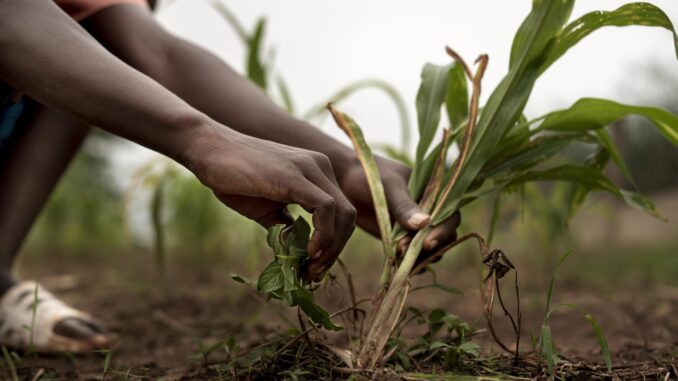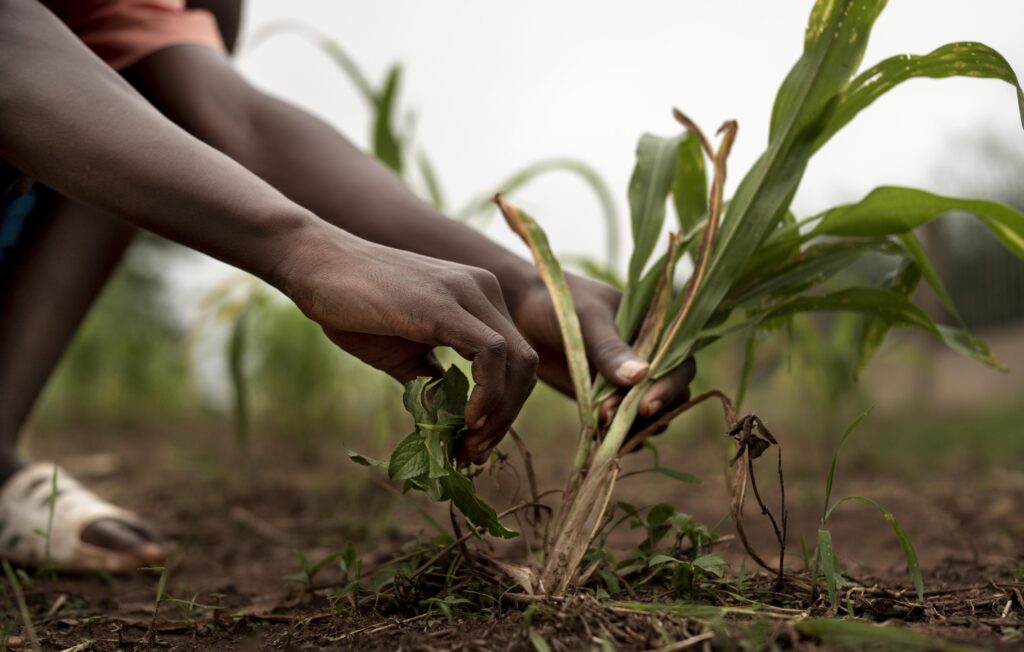
Conservation agriculture is an innovative farming approach designed to enhance agricultural productivity while simultaneously safeguarding the environment. This methodology integrates three core principles: minimal soil disturbance, permanent soil cover, and crop rotation. The fundamental idea behind conservation agriculture is to create a sustainable agricultural system that enhances soil health, increases biodiversity, and reduces greenhouse gas emissions.
One of the most significant advantages of conservation agriculture is its impact on soil health. Traditional farming practices often involve plowing, which disrupts soil structure and leads to erosion, nutrient depletion, and the destruction of beneficial soil organisms. By minimizing soil disturbance, conservation agriculture helps maintain the natural soil structure and enhances its ability to retain moisture and nutrients. This approach not only boosts soil fertility but also promotes the proliferation of microbes and earthworms, which are essential for nutrient cycling and overall soil health.
Permanent soil cover, another key component of conservation agriculture, involves keeping the soil covered with crop residues or cover crops throughout the year. This practice helps to protect the soil from erosion caused by wind and water, reducing the impact of heavy rains and increasing water infiltration. Furthermore, cover crops can improve soil structure and contribute organic matter, which fosters a healthier ecosystem within the soil. The presence of continuous plant cover also helps in suppressing weeds, reducing the need for chemical herbicides and maintaining ecological balance.

Crop rotation is equally important in conservation agriculture. By diversifying the types of crops grown in a given area, farmers can break pest and disease cycles, reduce reliance on chemical inputs, and improve nutrient management. Different crops have varying nutrient requirements and pest profiles, which means that rotating crops can lead to better soil fertility and crop productivity over time. Additionally, crop rotation can enhance biodiversity, contributing to resilient agroecosystems that are better equipped to withstand the challenges posed by climate change.
While conservation agriculture offers numerous benefits, its adoption faces several challenges. Farmers may be hesitant to shift from traditional practices due to a lack of information, training, or access to resources. Transitioning to conservation agriculture often requires an upfront investment in new equipment and practices, which can be a barrier for many smallholders. Education and support from agricultural extension services, research institutions, and governments are essential to facilitate this transition and help farmers understand the long-term benefits of conservation agriculture.
The global push for sustainability in agriculture makes conservation agriculture increasingly relevant. As the world's population continues to grow, there is an urgent need to produce more food without further degrading natural resources. By adopting conservation agriculture practices, farmers have the potential to improve yields while reducing environmental impacts, creating a win-win situation for both agriculture and the environment.
Conservation agriculture represents a holistic approach to farming that emphasizes soil health, biodiversity, and sustainability. By prioritizing minimal soil disturbance, permanent soil cover, and crop rotation, this method not only enhances agricultural productivity but also protects and nurtures the natural environment. As the agricultural sector faces mounting pressures, conservation agriculture presents a promising path forward, showcasing that it is possible to meet our food needs while safeguarding the planet's vital resources for future generations.